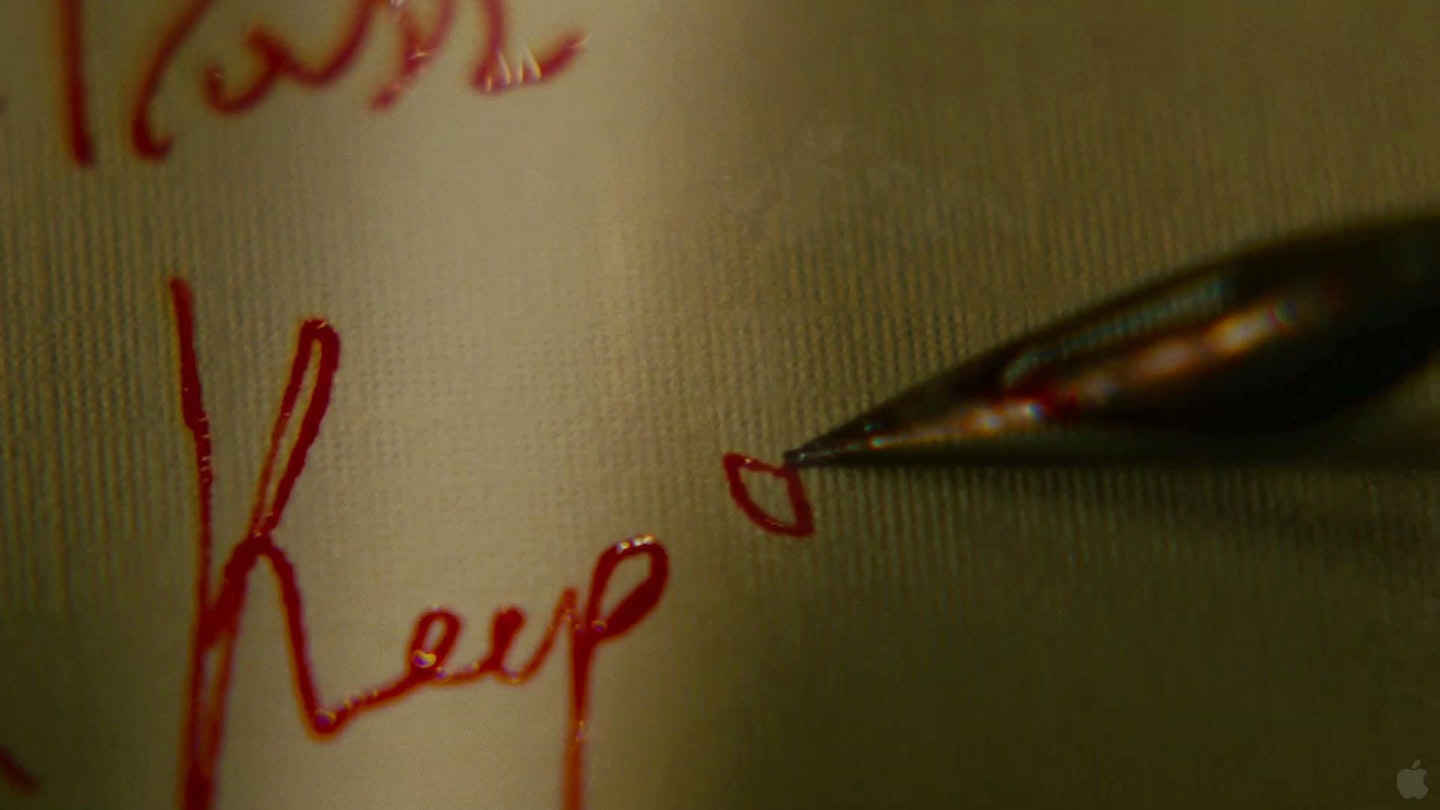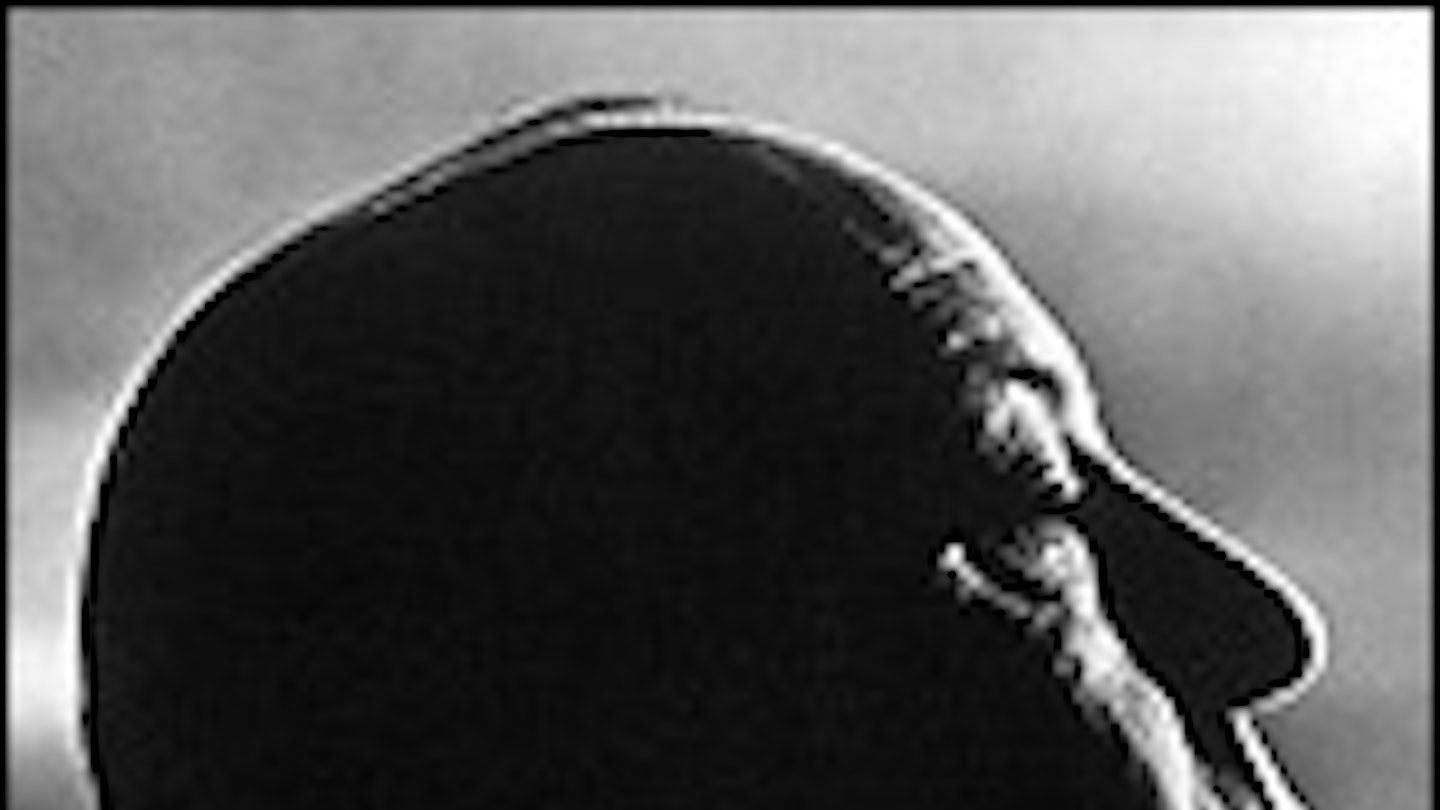Subtitled `A Story of the London Fog', this wonderfully evocative and melodramatic thriller was adapted from a 1913 novel by Marie Belloc Lowndes. But, for all its British bustle and the allusions to Jack the Ripper, Alfred Hitchcock's first commercial success had more in common with a UFA than a Gainsborough production.
Having recently returned from making The Pleasure Garden and The Mountain Eagle (both 1926) in Munich, Hitch was keen to put into practice the Expressionist techniques he had picked up while watching F.W. Murnau directing The Last Laugh. The equation of the blacked-out windows of the van in the opening sequence with the vigilant eyes of the citizens and the voyeuristic gaze of the audience was typical of the Germanic influence, as was the dissolve through the ceiling to show Ivor Novello pacing above the inquisitorial Buntings. But, in fact, the brooding shadows and canted angles owed more to Fritz Lang's Destiny and Dr Mabuse, the Gambler than Murnau's psychological realism.
Whatever its source, producer Michael Balcon was acutely disturbed by this foreign stylisation and the Freudian suggestions that The Lodger might be either homosexual or incestuously involved with his sister. So, he commissioned Soviet-influenced critic Ivor Montagu to take the curse off Hitchcock's amorality.
In addition to cutting down the number of captions from around 400 to 80 (and recasting them in a Gothic-Deco hybrid), Montagu also suggested some retakes, most notably for the climactic chase sequence. However, he agreed with the decision to ignore the book's guilty verdict (which was adopted by the 1932, 1944 and 1954 remakes; the latter being called Man in the Attic) and retain the air of ambiguous innocence that Hitchcock had concocted on being told that his preening matinee idol was not going to be allowed to play a killer.
Widely hailed as the finest British picture to date, this was Hitchcock's first study of a wronged man being judged by a hypocritical society. Moreover, it also contained his debut cameo appearance. But it was still very much the work of a hugely promising and highly ciné-literate beginner.

